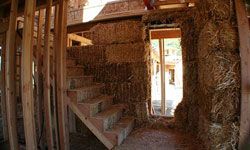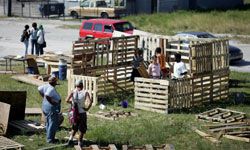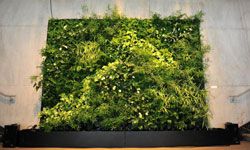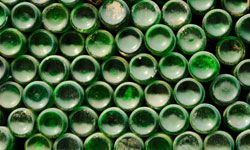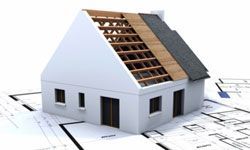As housing prices rise and people become more concerned about their environmental footprints, green construction has been gaining popularity. Green construction can include mainstream features, like a green roof, or more unique material, such as wood pallets. In general, though, what makes a building eco-friendly are the materials that go into the structure and the attention paid to energy usage in its design.
Green builders use recycled or low-impact components to create energy-efficient homes, and you can construct green homes in any number of ways, using materials like reclaimed shipping container or even clay and straw. In this article, we'll look at some unique, eco-friendly alternative housing ideas.
Advertisement

